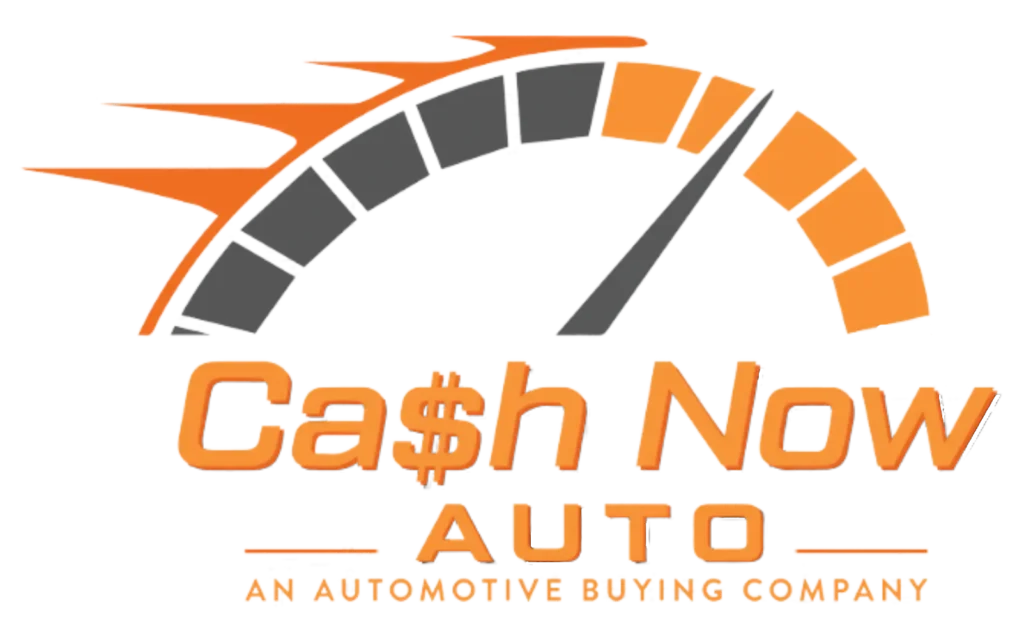
Introduction – The Journey From Online Form to Money in Your Pocket
Selling a vehicle has never been easier. With just a few clicks, you can go from filling out a simple form to having cash in your bank account. But what actually happens in between? Let’s break down the process step-by-step so you know exactly what to expect.
Why Selling Your Vehicle Online is Becoming the Norm
The days of newspaper ads and “For Sale” signs taped to car windows are fading. Online selling offers speed, transparency, and convenience — without the awkward meetups or endless negotiations.
Step 1 – Filling Out the Vehicle Submission Form
Information You’ll Need to Provide
When you first submit your vehicle details, you’ll usually be asked for:
- Make, model, and year
- Mileage
- VIN (Vehicle Identification Number)
- Condition and service history
- Any accident or damage records
Why Accuracy Matters
Think of it like an online dating profile for your car — honesty matters. Inaccurate details could result in a reduced offer later or even a canceled deal.
Step 2 – Instant Valuation of Your Vehicle
How Online Car Valuation Works
Once your form is submitted, the platform uses market data, demand trends, and your vehicle’s specifics to give you an instant estimated value.
Factors Affecting Your Car’s Value
- Age and mileage
- Make and model popularity
- Condition and maintenance history
- Market demand in your region
Step 3 – Verification of Details
The Role of Vehicle History Reports
Buyers often run a report through services like Carfax or AutoCheck to confirm your car’s background. This helps ensure there are no hidden surprises.
Physical Inspection Process
Some buyers might send an inspector to check your car in person, while others rely on detailed photos and videos.
Step 4 – Getting a Final Offer
Negotiating the Price
The initial valuation is just a starting point. If you’ve maintained your vehicle well, you might have room to negotiate for a better price.
Understanding Non-Negotiable Factors
Certain things — like age, accident history, or high mileage — are hard to change and will affect your final offer.
Step 5 – Agreement and Paperwork
Common Documents Required
- Vehicle title
- Proof of ownership
- Photo ID
- Loan payoff statement (if applicable)
How to Avoid Delays
Keep your documents ready before you start. Missing paperwork can hold up the entire process.
Step 6 – Arranging Vehicle Pickup or Drop-off
Door-to-Door Service vs. In-Person Handover
Some companies offer free vehicle collection, while others require you to bring the car to their location. Choose the option that’s most convenient for you.
Step 7 – Payment Processing
Bank Transfer vs. Instant Payment Methods
Most reputable buyers will pay via direct bank transfer, while some may offer instant payment services for faster transactions.
How Long It Usually Takes
Payment times vary — some pay within 24 hours, others may take 2–3 business days.
Benefits of Selling a Vehicle Through Online Platforms
Time Savings
No more wasting weekends meeting potential buyers who “just want to look.”
Transparency
Most platforms give you clear offers with no hidden fees.
Common Mistakes to Avoid During the Process
- Overestimating your car’s value
- Ignoring minor repairs that could boost price
- Not comparing multiple offers
Safety and Security Tips for Sellers
- Only use trusted platforms
- Never hand over your car before receiving payment
- Keep a record of all communications
Conclusion – Turning Your Vehicle Into Cash the Smart Way
From clicking “Submit” to seeing money in your bank account, selling a car online is a streamlined process — as long as you know the steps. With accurate information, proper documentation, and a little negotiation, you can turn your old ride into instant cash without the usual stress.
FAQs
1. How long does it take from submission to payment?
Typically between 24 hours and 3 business days, depending on the buyer.
2. Can I sell a vehicle that’s still under finance?
Yes, but you’ll need to settle the loan balance during the sale.
3. What if my car has damage?
You can still sell it, though the value will be adjusted based on repairs needed.
4. Is my personal data safe when submitting details online?
Reputable platforms use encryption to protect your information.
5. Do I have to accept the first offer I get?
No, it’s smart to compare offers before committing.
